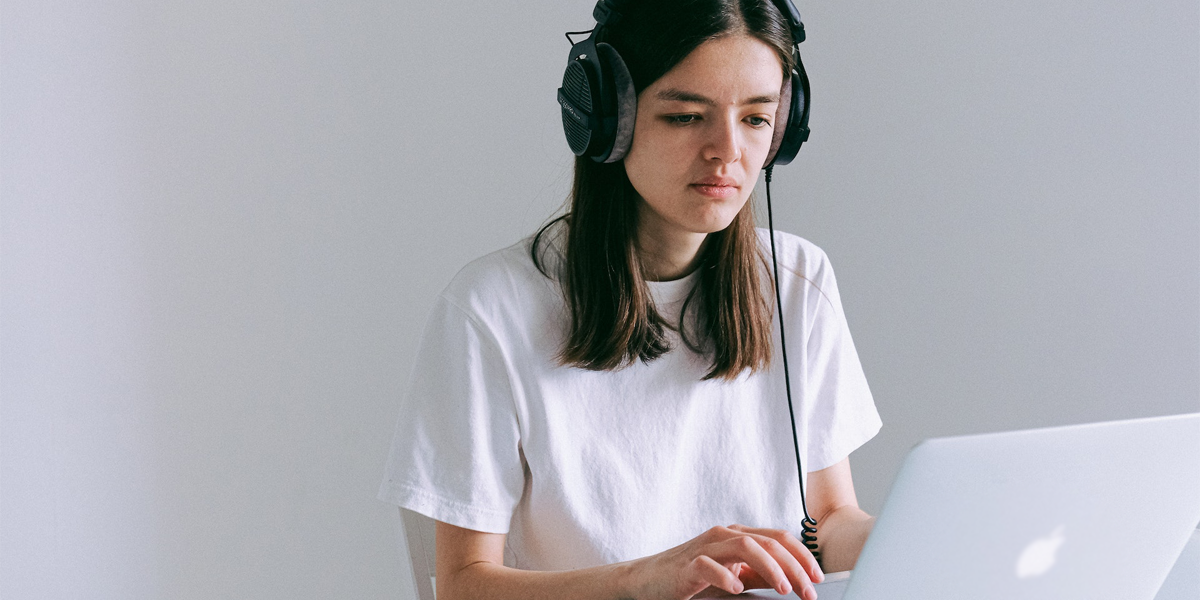The time has finally come.
It’s a dystopia that was foretold in sci-fi movies and predicted by scientists.
A future where people are replaced by robots.
Okay, maybe we’re being a bit dramatic.
But the release of ChatGPT, a technology that can write seemingly anything from essays to tweets and legal contracts to SEO content, sure is making businesses and educators nervous.
Even musicians are freaking out.
Nick Cave gave a ‘withering’ rebuke to reports of lyrics produced by ChatGPT ‘in the style of Nick Cave’ this week, calling the AI Chatbot “a grotesque mockery of what it is to be human”.
Yikes.
Behind the ground-breaking technology is OpenAI, a San Francisco-based research lab that has been funded by the likes of controversial tech figures like Elon Musk and Silicon Valley ‘mega doner’ Peter Thiel.
And the irony of Microsoft (creators of Microsoft Word, the very software the vast majority of students produce their assignments and essays with) also being a key backer of the technology is not lost on educators, who are particularly concerned about Chat GPT’s ability to “generate convincing versions of responses to essay questions and even publishable academic papers.”
As Mark Lieberman wrote in Education Week, “some educators are fretting about the effect the app will have on their students’ motivation to learn, while others are already pondering ways to apply it to instruction.”
Others are concerned about how the AI Chatbot can implicate the learning process itself.
“There are so many issues at hand here. (Say a) student was studying to be a teacher. If he didn’t complete his assignments himself, will he have the knowledge needed to teach?” wrote Joanne Orlando, a digital literacy analyst and professor for the Sydney Morning Herald.
“What if he had been doing a medical, law or finance degree? The issues are similar. There are obvious negative implications for the industry, clients, and workforce.”
In the face of a “tsunami of cheating on the horizon” Aussie mates David Cyrus and Aaron Shikhule alongside Dutchman Arend Groot Bluemink set about building a tool for teachers and academics to detect homework and assignments that have been produced by the AI Chatbot to help combat cheating in schools and universities.
Not only did they do it in a seemingly impossible timeframe, they managed to release it just in time for the school year this year.
So what is AICheatCheck, and how does it work?
Essentially, AICheatCheck fights fire with fire by “solving a problem created by AI, with AI,” as Cyrus explained to The Australian Financial Review.
The free tool enables users, for example teachers and professors, to copy and paste text into AICheatCheck to detect if it’s been created using ‘a generated pre-trained transformer (GPT)’ by analysing word choice, sentence structure, readability before labelling the text either ‘human generated’ or ‘AI generated’.
The program will be fired up by schools and universities over the coming months to see if the work of their students has actually been written by them or not.
But with the tsunami of AI intelligence heading our way and an updated, more powerful Chat GPT set for release in the coming year, will it be enough?






